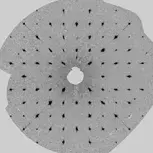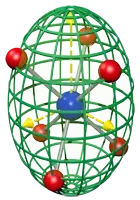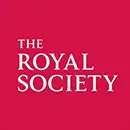Our goal is to combine experimental synthesis, structure and physical property characterisation, and data-driven computational approaches to make new materials with useful properties. A particular focus is on mixed-anion materials (particularly metal oxyfluorides) and the impact anionic composition can have on physical properties such as magnetism and electronic or ionic conductivity.
We use a range of approaches to discover new materials; in addition to traditional solid state chemistry, we incorporate methods from condensed matter physics, materials science, computer science and mathematics. Some of our current research interests are shown below.








